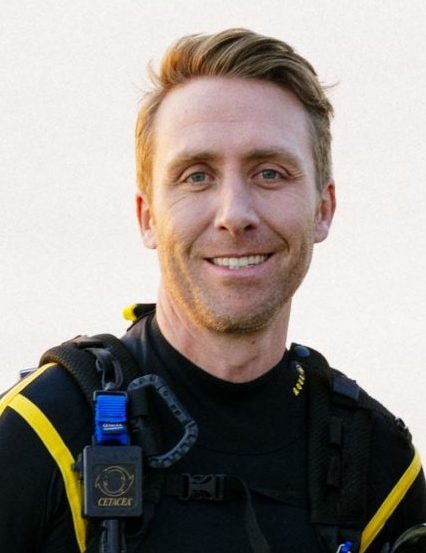
When I founded EarthEcho International 15 years ago, I was still relatively young myself. Despite lacking a wealth of life experiences, it was clear to me that youth were key to creating a sustainable future; indeed, my grandfather always told me that before we can talk about conservation, we must talk about education.
At EarthEcho, we have found that in order to be effective educators, we must connect the dots for youth between big global issues and real-world experiences starting in their own backyards.
As mentors and educators, we have an opportunity to leverage daunting environmental challenges like plastic pollution, ocean acidification and biodiversity decline to help ignite a passion for environmental stewardship in students.
This begins by understanding and caring for the nature that surrounds students every day. The ability to take action and see a positive impact is critical, and the classroom is one of the best places to start.
Read: How student activism guides future citizenship
Taking action
With high-profile environmental activism such as the recent climate strikes and marches taking students out of the school environment, we see an opportunity to bring that passion and drive back to the classroom.
Awareness does not lead to action; action leads to awareness.
We work with a growing network of educators who are bringing environmental awareness and action into classroom settings. Through their work and the experiences of the students they teach, here are three key takeaways:
- Engage young people authentically and on their terms. Acknowledge that the opinions and voices of our younger citizens matter, no matter their age; and engage them in ways that meet them where they are.
- Encourage action. I have a simple mantra that guides our work: Awareness does not lead to action; action leads to awareness. Empowering young people to take part in solutions fuels a sense of pride that inspires them for a lifetime.
- Help young people understand the bigger picture. News coverage, research studies and textbooks only go so far in helping young people understand how we are connected to the natural world. There can be a disconnect between the actions they take every day and the impact they have on our planet. When young people believe that everything they do makes a difference in the world, they are a tremendous force for change.
Read: How green schools bring environmental science alive
Harnessing student curiosity
We know these approaches work because we’ve seen them in action. Working with educators around the world, we have created resources and tools that enhance the classroom experience and recently launched OurEcho Challenge, a STEM innovation competition that empowers U.S. middle school students to take a closer look at biodiversity in their communities.
Take middle school science teacher James Trogden of Coventry Local Schools in Ohio. Focused on the critical and often complex relationship communities have with local water sources, Trogden created a classroom program that began with the history of aquaponics and culminated with his students designing and building a fully functioning classroom aquaponics unit that produced food.
The program expanded to include a focus on food justice, and soon his students began to understand how their actions in the classroom made a difference in their community.
Read: Climate change education: Are your teachers prepared?
Susan Tate, a middle school science teacher at Whitehall District Schools in Michigan, used the issue of plastic pollution in the ocean to engage students in an after-school environmental program to tackle the local problem of helium balloon releases contributing to pollution in Lake Michigan.
The students petitioned the Whitehall City Council to pass an ordinance banning helium balloon releases. Due to the hard work and outreach of the students, the ordinance passed, making their city the first in Michigan to ban the detrimental practice.
These are just two examples of dedicated educators creating environments that empower and engage students to harness their passion and curiosity to become change makers. We know that the lessons learned in the classroom will empower new generations of environmental champions and problem-solvers.
Philippe Cousteau Jr., the grandson of explorer and filmmaker Jacques-Yves Cousteau, is founder of EarthEcho International.







